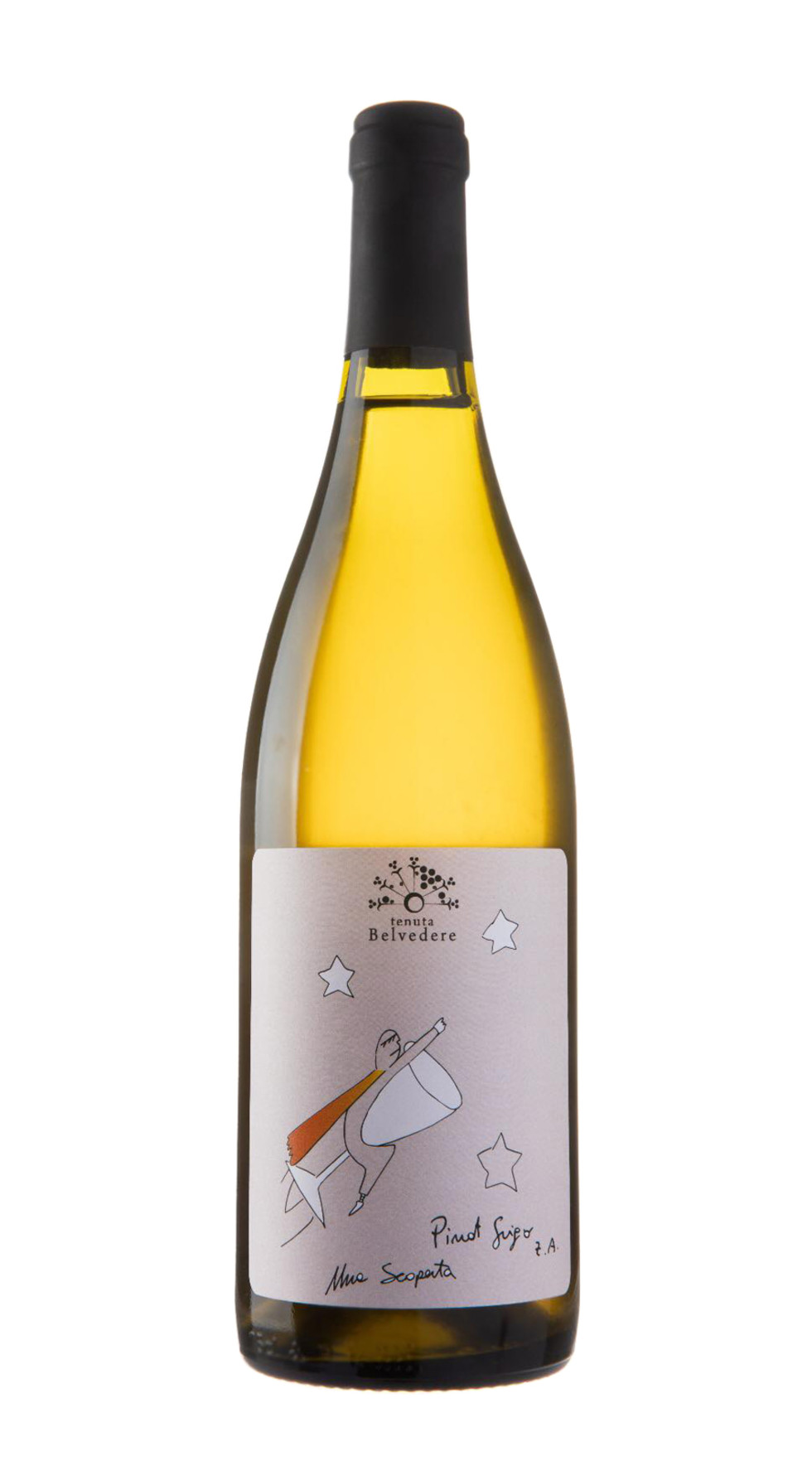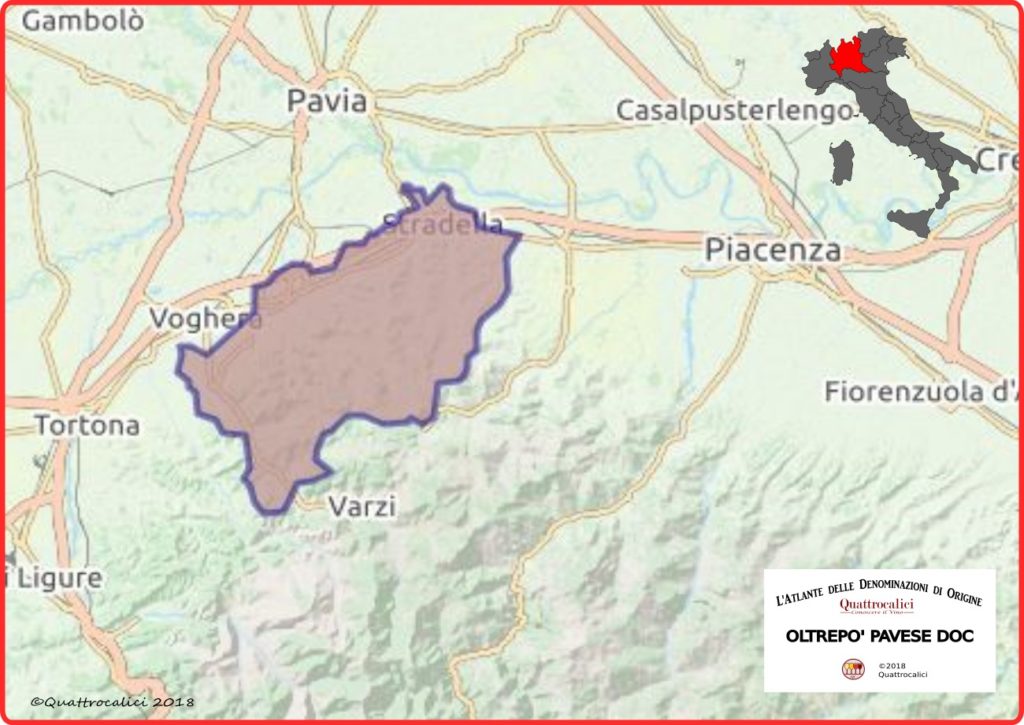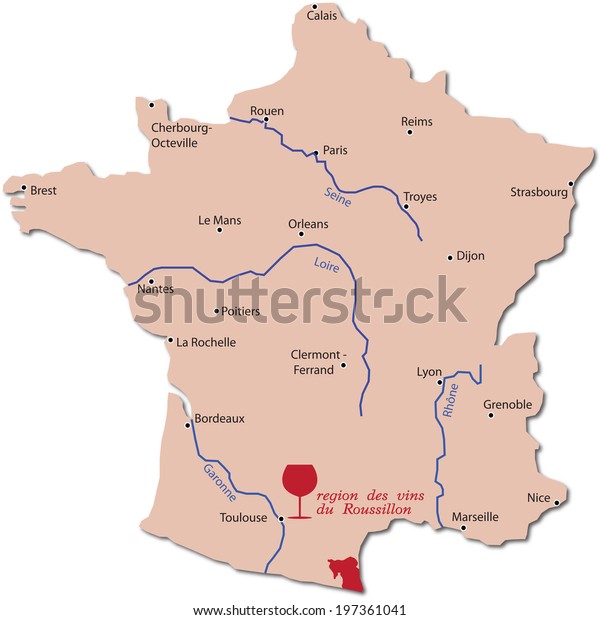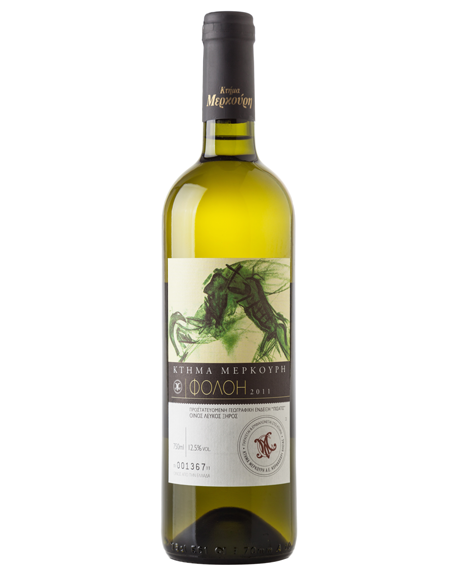
Region: Côtes-du-Rhône. His vines are significantly further north than a typical Côtes-du Rhône, bringing more freshness.

Viticulture: Organic, biodynamic vineyards of 80% Grenache and 20% Syrah.
Vinification: Whole cluster (stems included) fermentation in cement cuves, elevage in stainless steel.
Tasting: Big wine. Powerful. 14.5% alcohol. However, the nose has surprising restraint. None of the jammy, sugary fruit that so many hot wines fall victim to.
The nose is cherry, kirsch, hot spices, and a hint of smoky, savoury earthiness perhaps coming from the 20% Syrah. The palate is round, rich, powerhouse, with medium tannins, and a clear, linear acidity balancing the heaviness. Good wine!
This is a great pair for lamb and grilled meats. But beware: this wine will not be good with mezzes. Big grenache and vegetables = bitter.


















